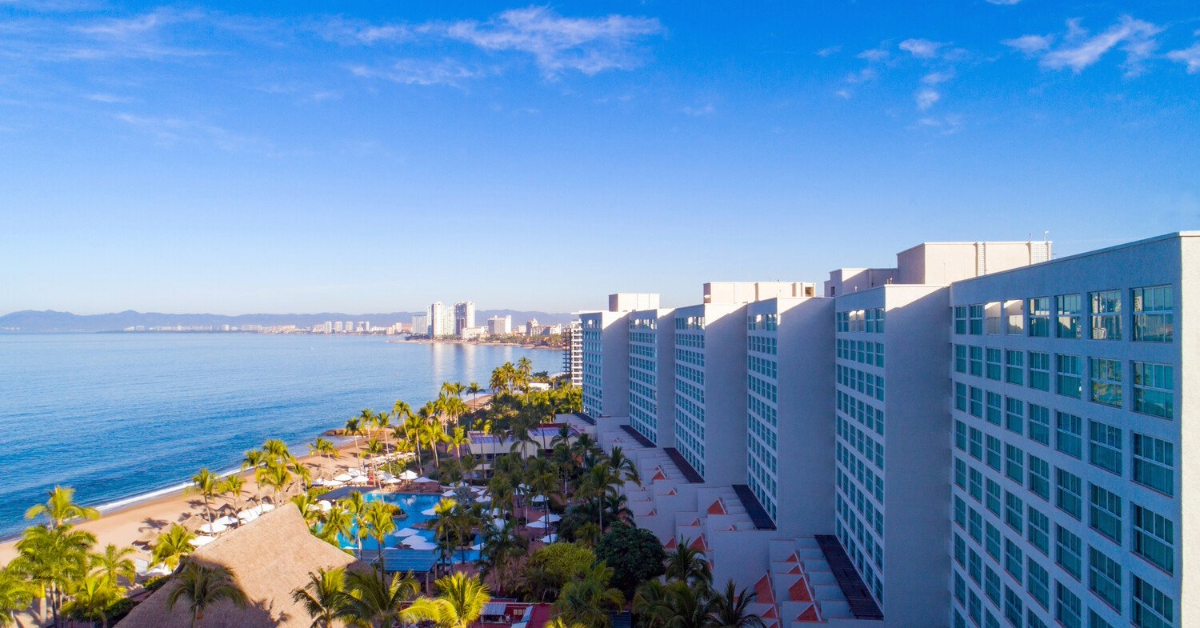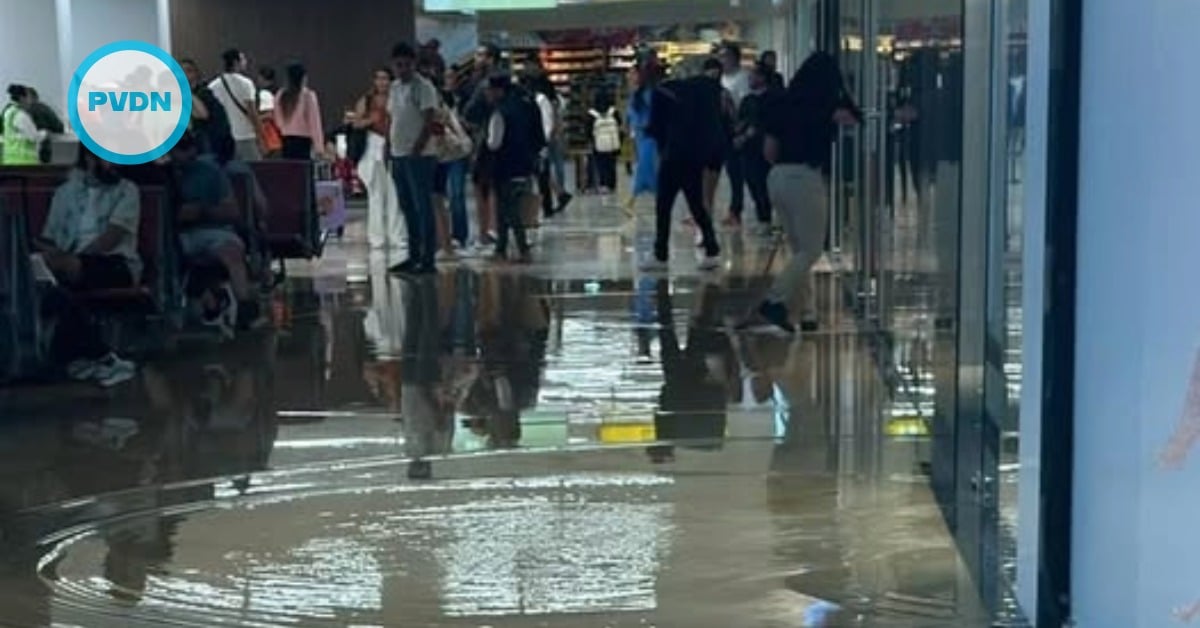Puerto Vallarta, Mexico - With the arrival of summer, Mexico's beaches become a popular destination for holidaymakers seeking sun, sand, and surf. In anticipation of the influx of tourists, the Federal Commission for the Protection against Sanitary Risks (Cofepris), in collaborat…





